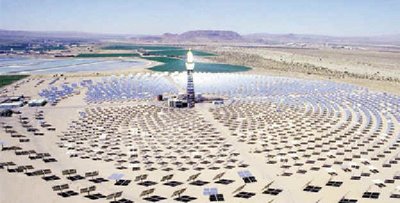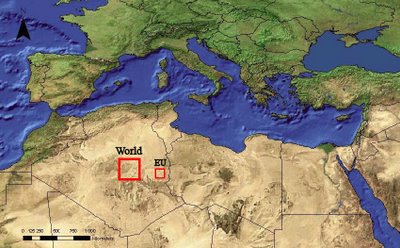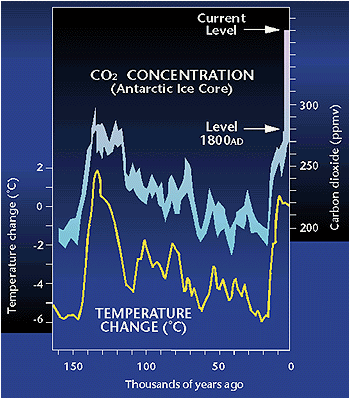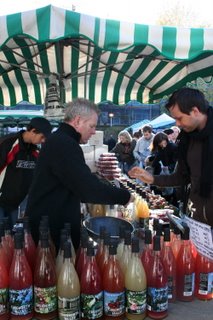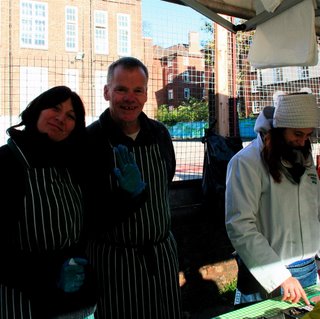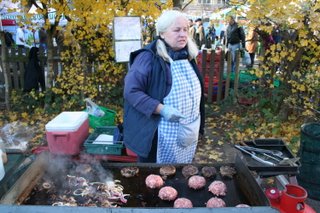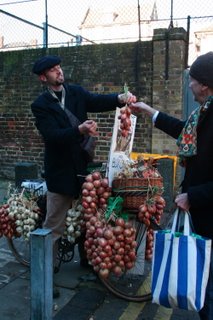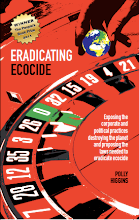
Today I hand over my Blog to a guest editor: fellow podster Jeremy Smith of one of my favourite environmental magazines The Ecologist to see what he thinks of life at Whitepod. And as this is the last day of 2006, I am asked him for his ruminations on the eco-highlights of 2006 and what to watch out for in 2007.
Lazy E: So have you too fallen in love with Whitepod?
Jeremy: I don't think I've ever been to a place where I felt more relaxed, more welcome, more inspired by the knowledge that we really can live in ways that maximise the joy we can get from nature without damaging it on the way.
Normally it takes me days to unwind - at Whitepod it felt like minutes. My girlfriend and I spent most of the first day talking about when we would be back. I have found a little place, and a place that is somewhere I can get to on a train from waterloo, where all seems good with the world.
Lazy E: 2006 was quite some year in terms of environmental awareness. What stands out for you in 2006 as the highlights of the environmental agenda?
Jeremy: in no particular order...
1) The democrats winning both houses and turning Bush into a lame duck. Hopefully the worst is over.
2) David Cameron (we hope and will soon find out how sincere he is) showing that a politician can make the environment central to their message.
3) B&Q and Curry's selling (and selling out) of wind turbines and solar panels.
4) Sweden declaring that by 2020 it will have gone oil free as a country.
5) The Stern Report showing the world's economists that global warming offers not just a salient warning of what we are destroying, but an opportunity to create new economies built on respect for the natural world. Have a read of what The Ecologist made of it all.
6) Being here at whitepod and being inspired by the people I have met, the direction they are all taking, the choices they are making. Forget the big stuff - it's the small, personal, unique and individual actions people are making all over the world in their million different ways that really inspire me. And there's where our real chance of getting out of this god-awful mess really lies.
 Lazy E: What should we watch out for in 2007?
Lazy E: What should we watch out for in 2007?Jeremy: It could be quite a year. The fact of how the world woke up in 2006 means that the plans they then began to create will appear on the radar in 2007...
1) The IPCC releases their fourth report into the state of the world's climate in a month or so. It's not going to be pretty.
2) The world, which definitely needs new leadership, is going to get a lot of them in 2007 - Blair will be gone, as will Chirac, the UN gets a new head, Japan's just got a new one, Bush is almost over... it's not that I believe any of these new men (and they are all men) are going to lead the way, I just hope they might create enough of a vacuum for some genuine grassroots action, for us all as communities of people to realise that the power lies within ourselves and we don't have to wait for anyone in a so-called position of power to lead the way. The fact is we haven't got time to wait for the politicians, so we might as well get on and do it ourselves.
3) The return of the road protestor. Without any fanfare, Blair has embarked on a road building scheme just as big as the one the tories did. It makes all his talk of climate care an utter hypocrisy. Next year you'll at last be hearing a lot about it, and about the inspiring stories of local groups fighting unneeded bypassess and road widening schemes up and down the UK. These aren't all Swampy mark two characters, but doctors and lawyers and teachers (and Swampies) showing that care for the environment is a cause that's open to us all.
4) Personal Carbon Quotas - carbon rationing, DTQs, call them what you will, in 2007 there's going to be a lot of talk about how to work out a way of each person being allowed to cause their fair share of pollution, and nothing more.
Lazy E:What do you think is should be done in the forthcoming year to highlight environmentally friendly living?
Jeremy: The most vital thing that is beginning to happen is the linking of environmental issues with the wellbeing agenda.
People are realising the most exciting thing - that being environmentally friendly doesn't actually mean donning a hair shirt, eating nothing but lentils and warming your house by the light of an energy efficient lightbulb.
And neither does real happiness reside in the lies that marketing men have been selling us for decades. We've had forty years of consistent economic growth and yet we aren't any happier, we work longer hours, we see less of our families and friends. We've got so many toys, and now we work just to keep them running.
Rather, we are at last realising that the closer we live to nature, the happier we are. Living locally, eating quality local seasonal food, shunning supermarkets and turning back towards our communities and the people that live in them, buying products from real people that care about how and where they were made and want to share their stories, walking and cycling rather than sitting in traffic jams, sharing a bottle of wine and watching the world whizz by from the window of a train rather than cramming yourself into a ryanair flight and cursing the world from the beginning to the end of the journey.
This isn't giving up on the future and harking back to some non existent halcyon age - it's just remembering that we did get some things right in the past, and combining the best of this knowledge, with the best of what we are creating now. If we get this right, then, as the much missed Ian Dury once sang, in 2007 we really might have 'reasons to be cheerful'.
The Ecologist

































